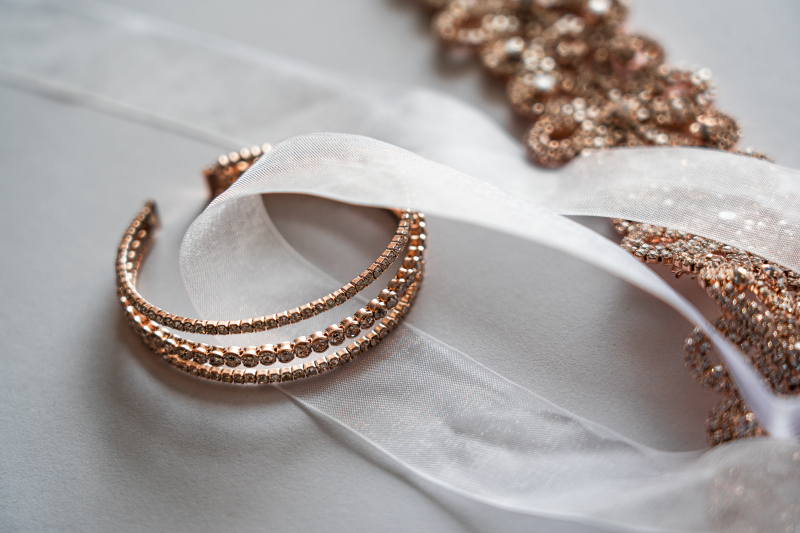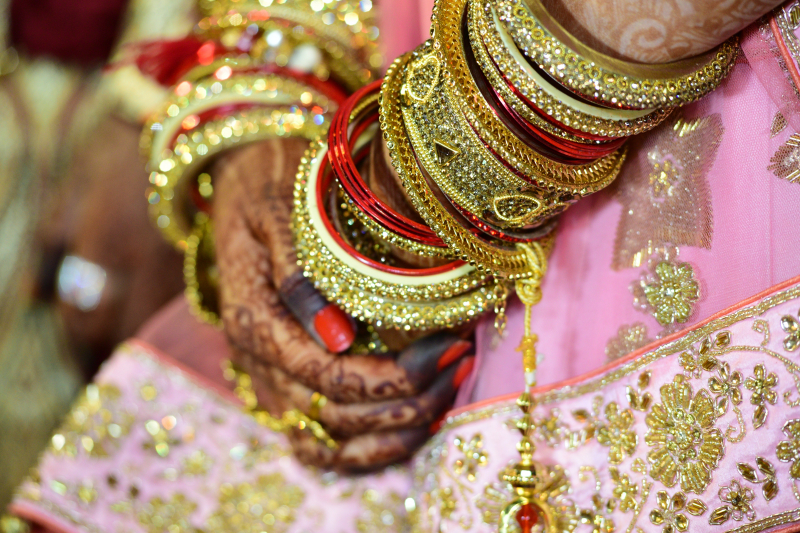In most Buddhist weddings, the groom’s side has to pay some form of dowry to the bride’s family.
The distribution of a dowry from the groom's side to the bride's family is a custom that bears echoes of history and symbolism of Buddhist cultures. A physical demonstration of the groom's family's wish to help and respect the bride's family as they welcome her into their fold, the dowry is sometimes delivered in trays that include presents with both practical and symbolic meaning.
The number of trays is not picked at random; rather, they have deep cultural importance and are thought to bring good fortune, harmony, and blessings to the couple's travels. Each tray is thoughtfully decorated and placed to reflect a different aspect of this recently formed union and carries the combined desires of both families. The act of giving the dowry goes beyond simple financial transactions; it is a gift of goodwill that recognizes the value of developing a bond based on cooperation, trust, and understanding.
At its core, this practice reflects the respect for familial bonds, a reminder that the union of two individuals encompasses families, communities, and shared values. The exchange of the dowry honors the bride's family's role in nurturing their daughter and acknowledges the depth of commitment that marriage entails. It's a way of showing gratitude for the opportunity to welcome the bride into a new family.












